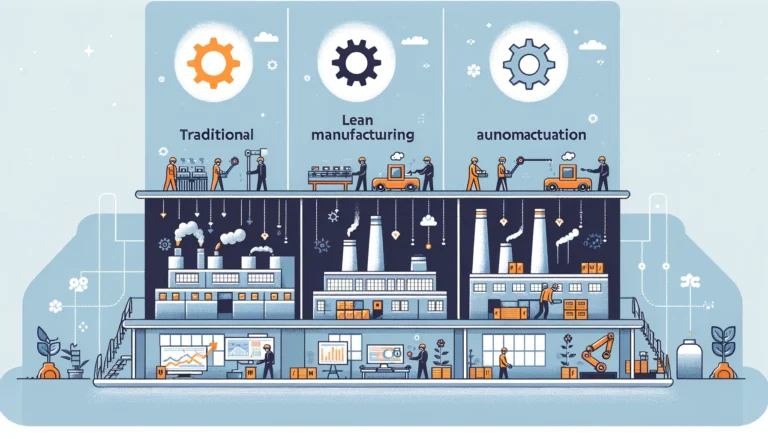- Target market.
- The state of existing technology.
- The availability of resources.
- Government regulations.
- The type of product.
- Specialisation of the product.
The choice of the most appropriate production method is a critical decision for businesses, as it significantly influences their efficiency, flexibility, production costs, and ability to meet customer demands. The suitability of a production method depends on various factors, including the nature of the product, market demand, production technology, and the strategic objectives of the company. This exploration delves into the primary production methods—job, batch, flow, and mass customization—highlighting their advantages, challenges, and applicability with industry-level examples.
Job Production
Job production, characterized by the creation of a single product or small batches tailored to specific customer requirements, emphasizes customization and quality. This method is prevalent in industries where bespoke products are the norms, such as construction, shipbuilding, and high-end fashion design.
Example: Luxury Yacht Manufacturing In luxury yacht manufacturing, each vessel is often custom-designed to meet the unique preferences of affluent clients. This necessitates a job production approach, where craftsmanship, customization, and attention to detail are paramount. The process involves extensive client consultation, custom design work, and meticulous assembly, often by highly skilled artisans. While this production method results in higher costs and longer production times, it allows manufacturers like Ferretti Group to cater to exclusive market segments where quality and customization outweigh cost considerations.
Batch Production
Batch production involves producing a set quantity of a product in a single production run. This method strikes a balance between customization and efficiency, suitable for products that require some level of standardization but with room for variation. Batch production is commonly used in the food industry, electronics, and pharmaceuticals.
Example: Craft Brewing Craft breweries exemplify batch production, where each batch of beer can be tailored to achieve distinct flavors, styles, or seasonal offerings. Breweries like Dogfish Head Craft Brewery utilize batch production to experiment with ingredients and brewing techniques, creating a diverse product range that caters to varying consumer tastes. This method allows for flexibility and innovation while still achieving economies of scale to an extent.
Flow/Mass Production
Flow or mass production is characterized by the continuous production of high volumes of standardized products, with an emphasis on efficiency and cost minimization. This method is ideal for products with high demand and little variation, and it is widely used in industries such as automotive, electronics, and consumer goods manufacturing.
Example: Automotive Industry The automotive industry, with companies like Toyota and Ford, utilizes flow production methods to manufacture vehicles on assembly lines efficiently. This approach allows for the high-volume production necessary to meet global demand, with standardized processes and components ensuring consistency and cost-effectiveness. The use of automation and lean manufacturing techniques further enhances efficiency and reduces waste, exemplifying the effectiveness of flow production in large-scale manufacturing environments.
Mass Customization
Mass customization combines the efficiency of mass production with the personalization of job production. It leverages advanced technologies, such as modular design and flexible manufacturing systems, to produce customized products at near mass production costs. This method is increasingly used in industries like fashion, consumer electronics, and modular housing.
Example: Dell Computers Dell Computers’ build-to-order model demonstrates mass customization, where customers can specify their desired components for a personal computer. This approach allows Dell to offer personalized products without the high costs traditionally associated with custom manufacturing. By using just-in-time manufacturing and maintaining close relationships with suppliers, Dell minimizes inventory costs and can quickly adapt to changing market demands and technology advancements.
Conclusion
Determining the “best” production method depends on multiple factors, including product type, market demand, production scale, and company strategy. Job production excels in customization and quality for niche markets, batch production offers flexibility for medium-scale operations, flow/mass production ensures efficiency and cost-effectiveness for high-volume demands, and mass customization merges personalization with the economies of scale. The evolution of technology and consumer expectations continues to influence production methods, pushing companies to innovate and adapt to remain competitive. As illustrated by the examples across different industries, the optimal production method aligns with the company’s market positioning, operational capabilities, and strategic goals, ensuring they can meet their customers’ needs effectively and efficiently.






